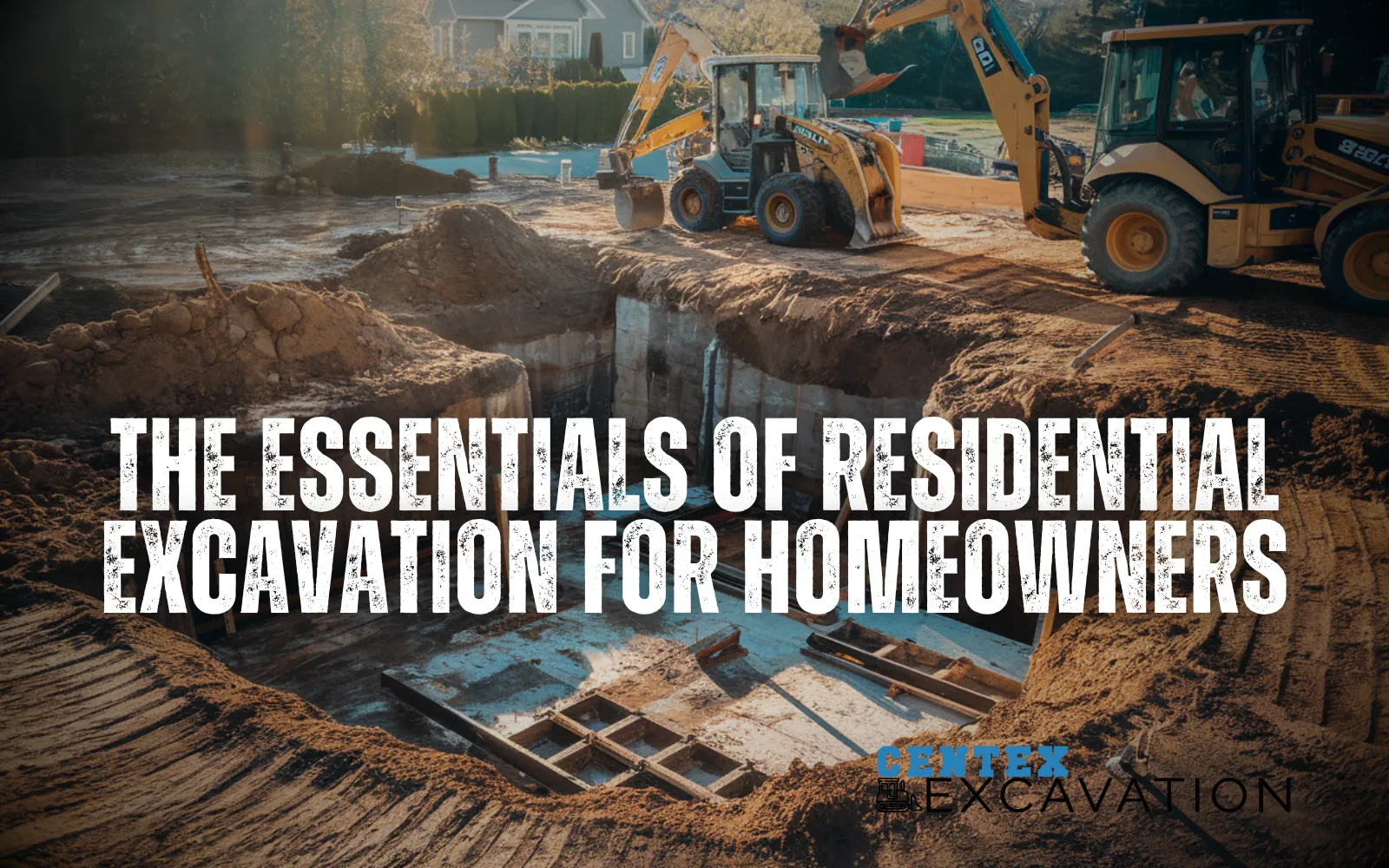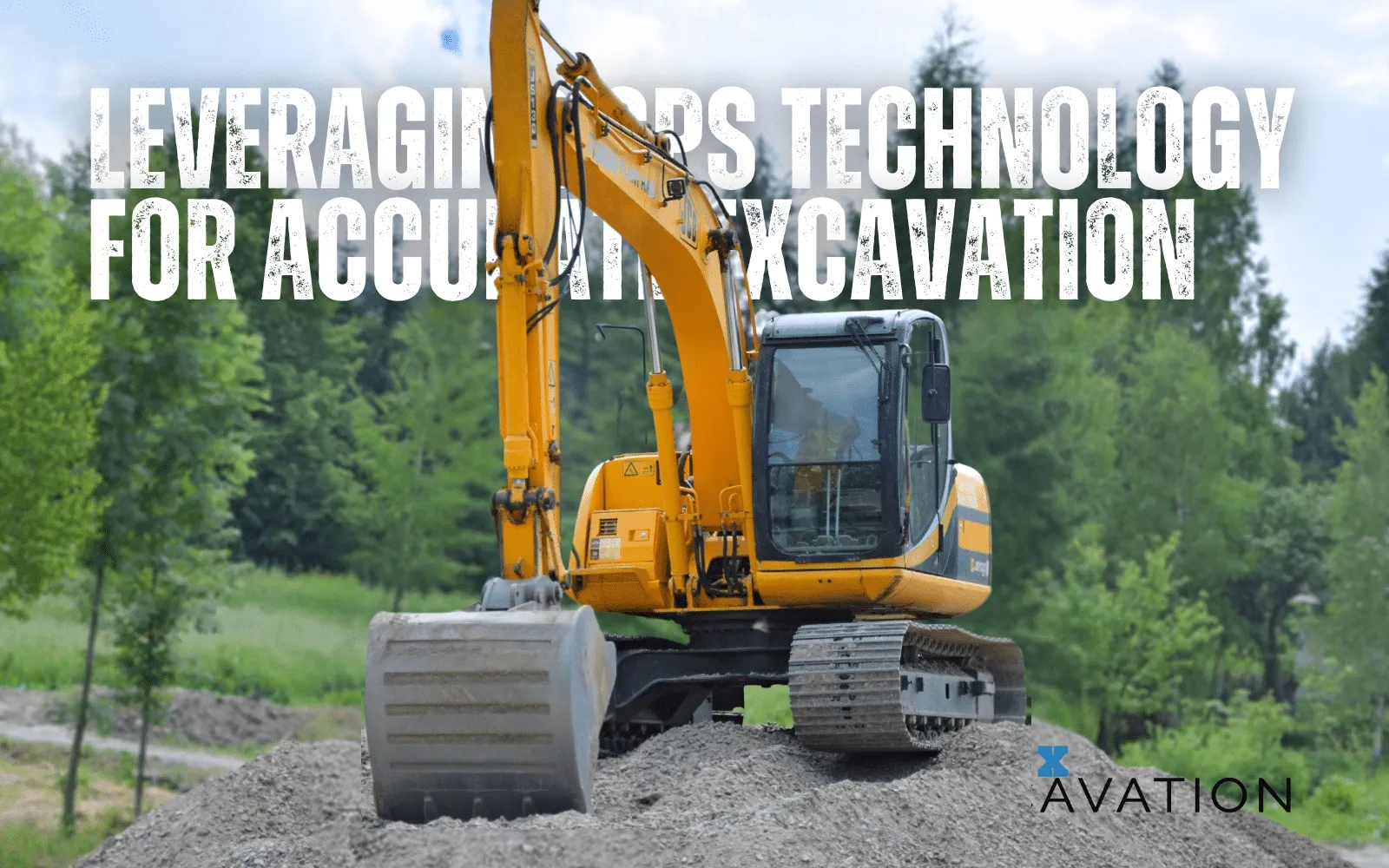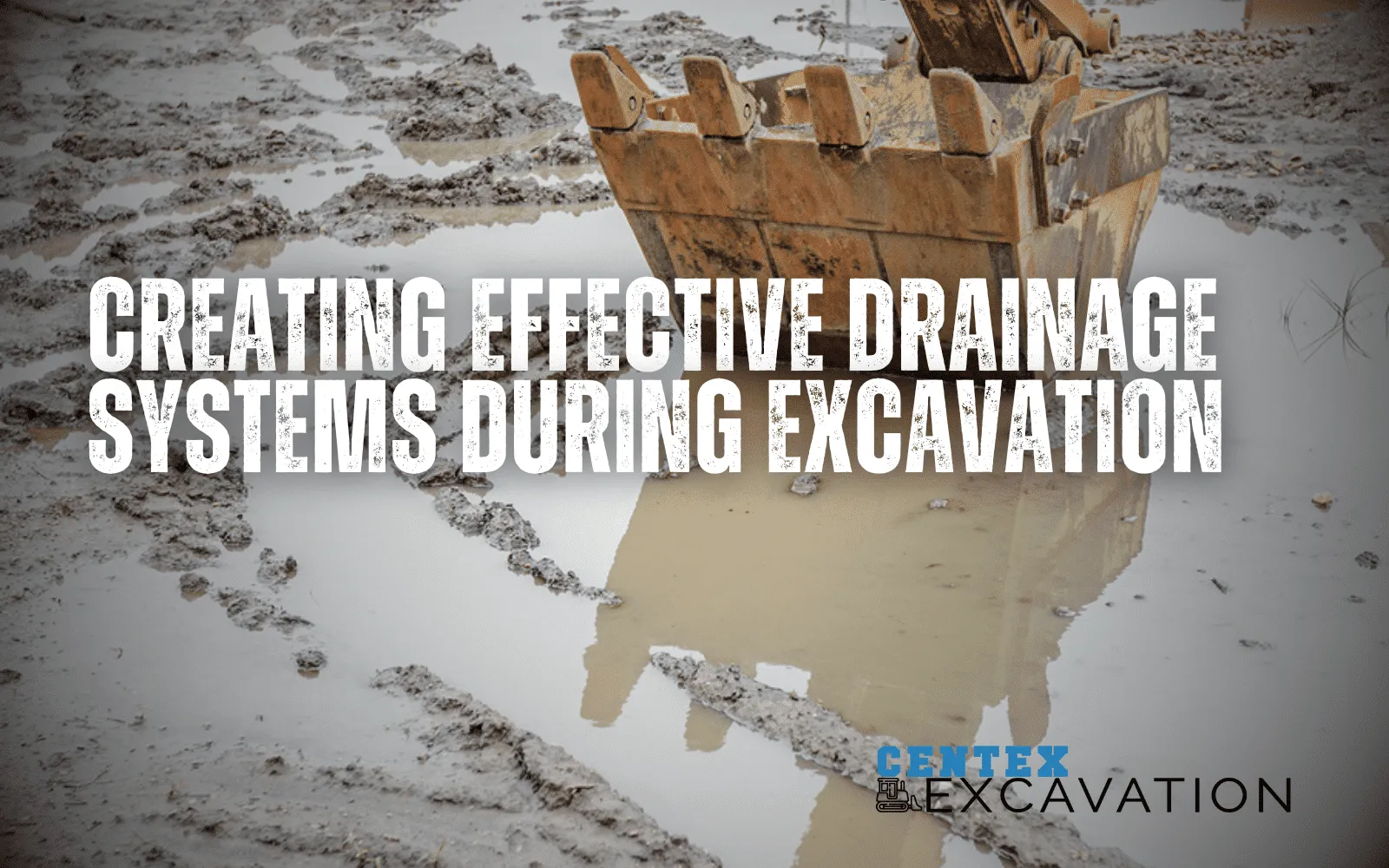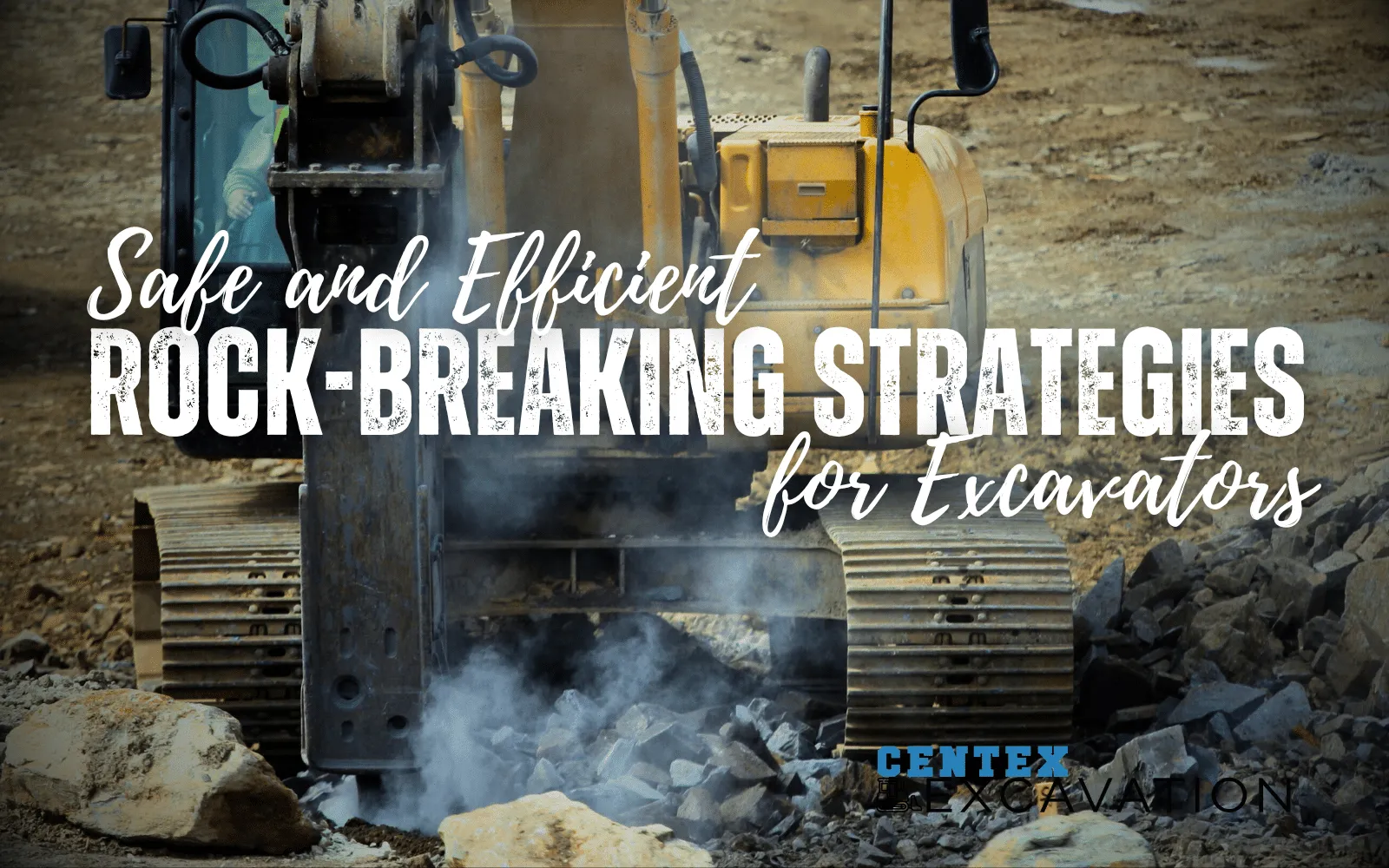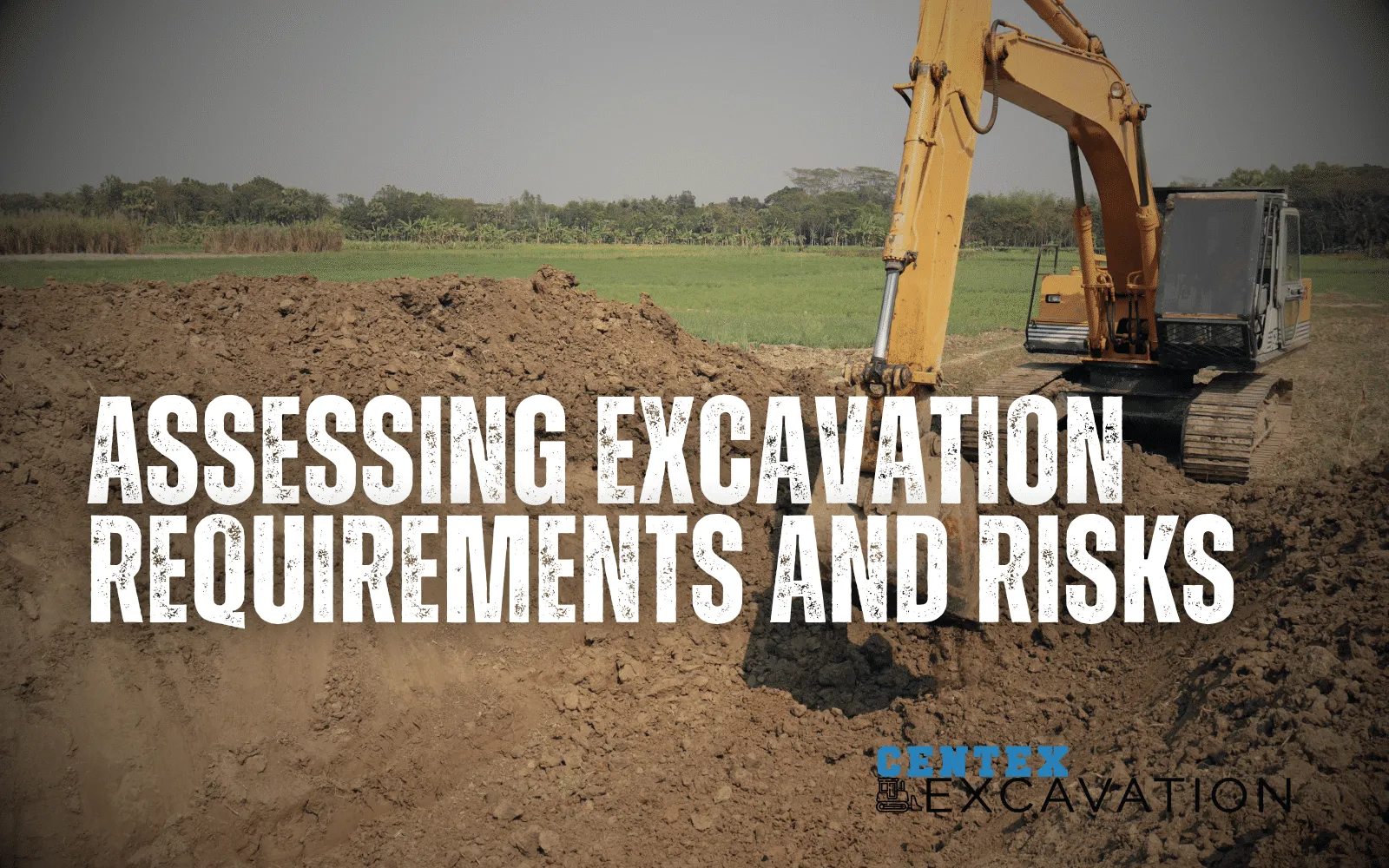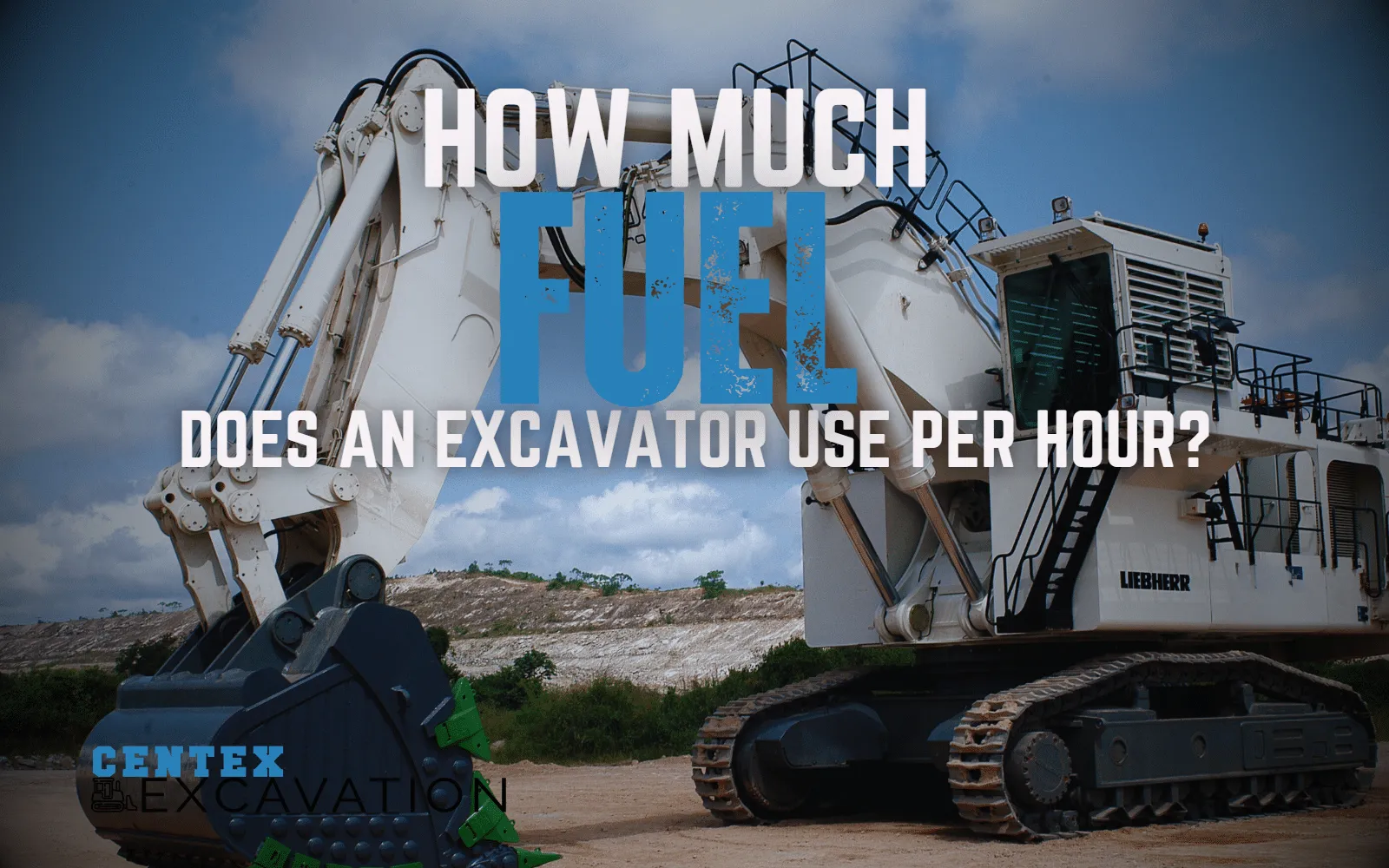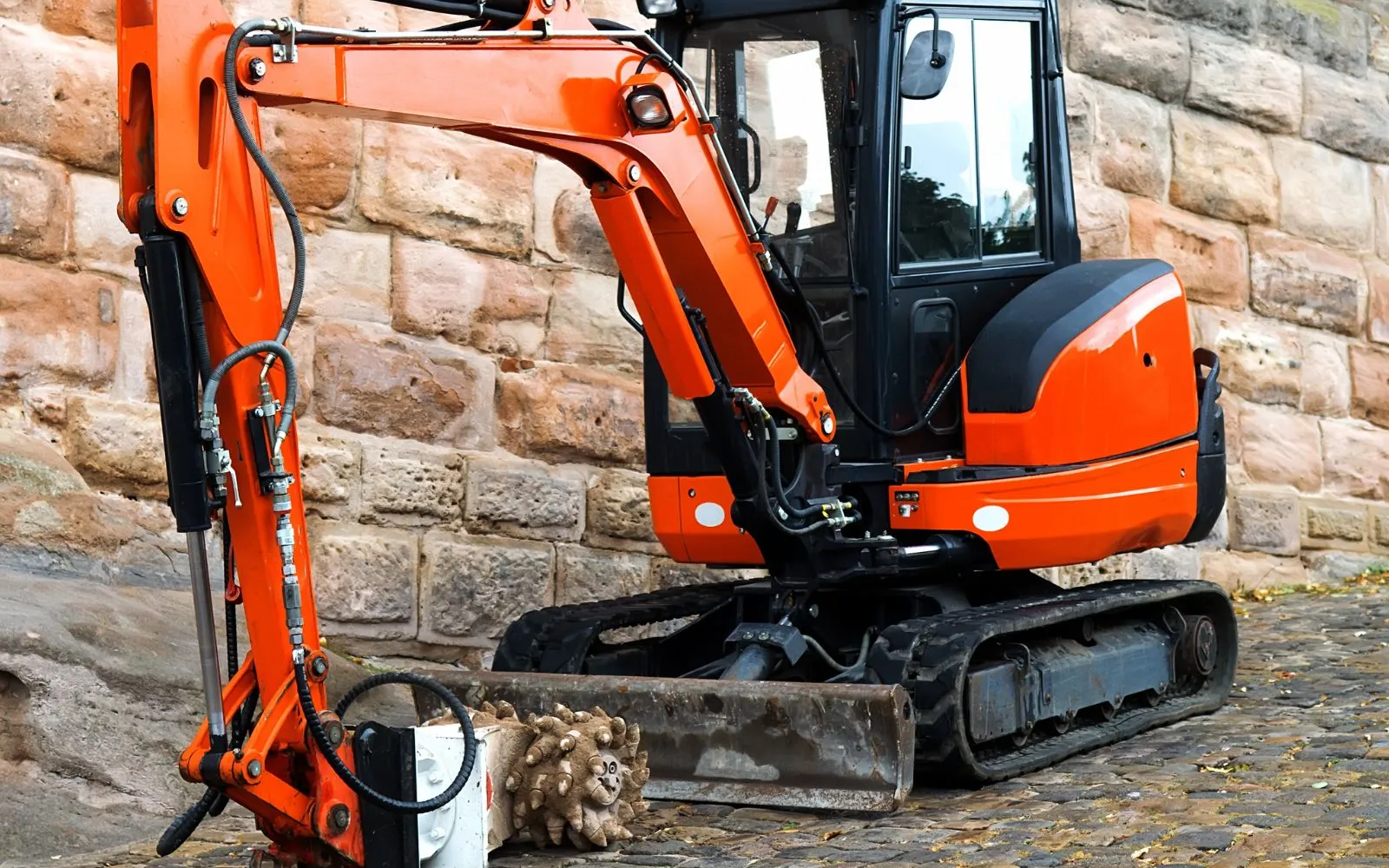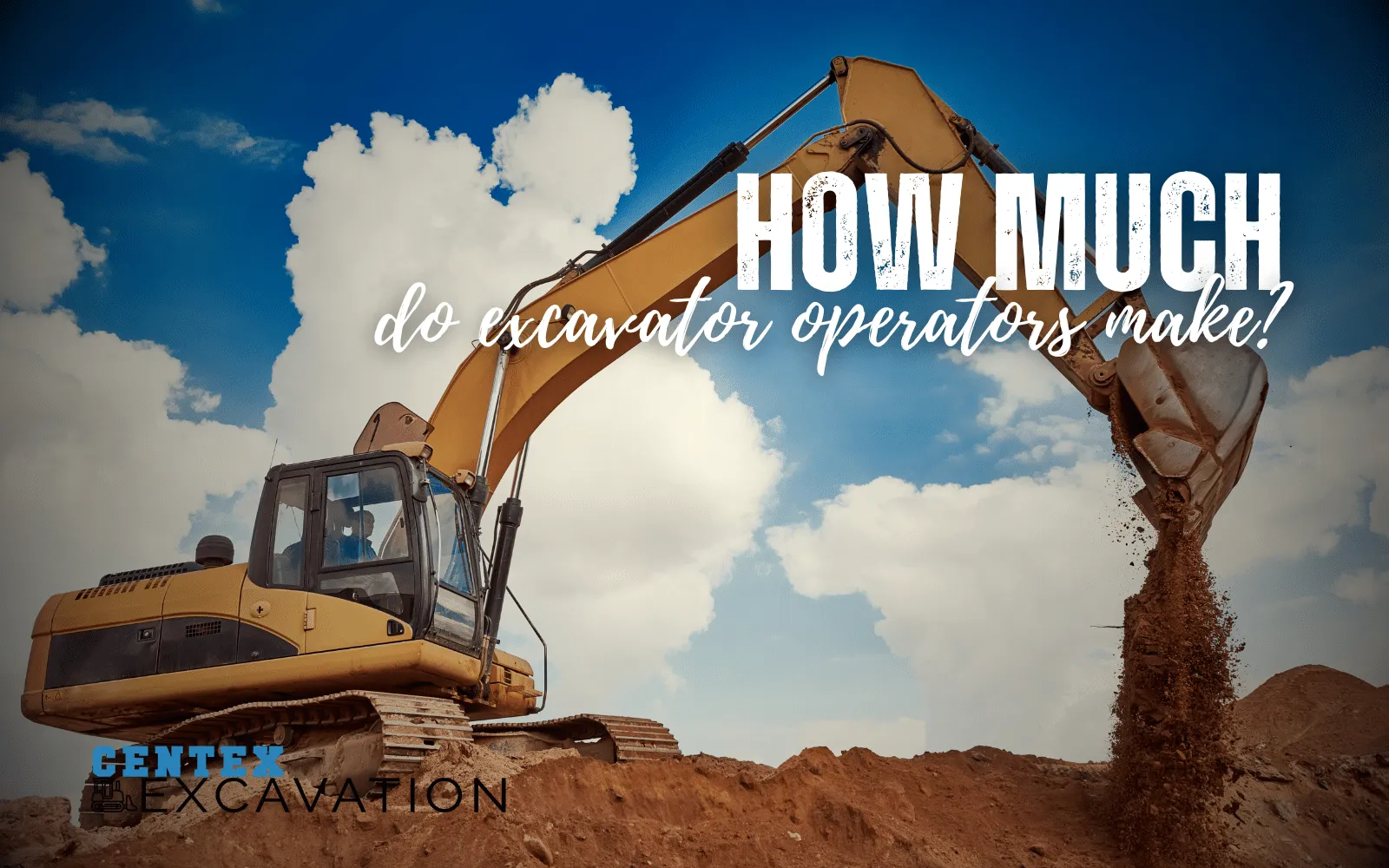Overcoming Challenges in Urban Excavation

- Space and Infrastructure Challenges: Urban excavation requires careful navigation of tight spaces and a deep understanding of the existing underground infrastructure to avoid damaging utilities and structures.
- Regulatory Compliance: It’s crucial to comply with various regulations, including obtaining necessary permits, adhering to environmental laws, and following safety codes and traffic management laws specific to urban settings.
- Strategic Planning and Technology Use: Successful urban excavation involves embracing advanced technologies like GPS-guided machinery and ground-penetrating radar, effective communication with authorities and utility companies, and prioritizing safety and environmental considerations.
In the bustling heart of our cities, excavation projects present unique challenges. At the very least, when compared to residential excavation, it can be quite challenging.
From navigating tight spaces to managing environmental concerns, urban excavation is not for the faint-hearted. In fact, we only recommend the most experienced companies to take on these contracts.
Understanding urban excavation challenges.
Urban excavation isn't just about moving earth; it's about understanding and respecting the complex web of existing structures, both above and below ground.
When it comes to excavation and site prep in the heart of a city, there’s two main challenges—
- Maneuver space.
- Infrastructure.
The first hurdle is often space constraints. Unlike rural sites, urban areas are densely packed with buildings, utilities, and bustling human activity. This closeness demands precision and careful planning.
Another major consideration is the existing underground infrastructure. Cities are labyrinths of pipes, cables, and substructures. Accidentally damaging these can lead to costly repairs and dangerous situations.
Therefore, thorough site investigation and utility mapping are indispensable.
The most critical aspects of digging in the city.
When tackling urban excavation, the key is to really get the lay of the land.
You've got to know what's already under there - pipes, cables, you name it. Ensure you’re working with the respective authorities in your location to mark out all infrastructure.

Safety is the big watchword here. It's not just about the crew, but everyone around the site too. There are people going to and from work and home, traffic and congestion is amplified, and you’re in the midst of it all — with massive machines. Be safe out there.
And let's not forget, keeping the city's hustle and bustle going is crucial. You don't want your work to throw a wrench in everyone's daily life. Have a plan to get your equipment in, do the job, and get out of there in a timely fashion.
Regulatory compliance and legal considerations.
There’s no way we couldn’t touch on the regulatory intricacies that are involved in an environment like this. Like we said, it’s a bit different than your standard residential dig in the suburbs.
These are a few things you need to be mindful of from a legal perspective—
- Permit requirements. Before any digging begins, it's essential to obtain the necessary permits from local authorities. These permits ensure that the excavation complies with city regulations and helps avoid legal issues. They often require detailed plans of the project, including the scope and methods of excavation.
- Utility locating and clearance. Urban areas are dense with underground utilities like gas, water, and electricity lines. It's legally mandatory to have these utilities located and marked to prevent accidental damage. This process often involves coordination with utility companies and may require specific clearance procedures. We recommend you jump on 811 to find the contact information for your state.
- Environmental regulations. Compliance with environmental laws is crucial. This includes managing noise levels, dust control, and proper disposal of excavated materials. Violating these regulations can lead to hefty fines and work stoppages.
- Safety codes and standards. Adhering to occupational safety and health regulations is a legal requirement. This includes providing safe working conditions, proper training for workers, and using appropriate safety gear.
- Traffic and public access laws. In urban settings, maintaining public access and managing traffic around the excavation site is often governed by specific laws. This might involve creating safe pedestrian pathways, ensuring proper signage, and coordinating with city officials for any road closures or diversions.
Of course, you could make a good argument that some of those are applicable everywhere, but there’s more of a magnifying glass on your operation when you’re raking a trackhoe downtown.
Practical tips for excavating in an urban environment.
We’ve had our share of urban projects and these are some of the best lessons learned—
Embrace technology.
- Utilize advanced excavation technologies such as GPS-guided machinery, which allows for precise digging and reduces the risk of error.
- Implement ground-penetrating radar (GPR) for identifying underground utilities and obstructions.
Effective communication.
- Foster a culture of open communication among your team. Ensure everyone is on the same page regarding safety protocols and project goals.
- Engage with local authorities and utility companies early in the process to obtain necessary permits and information about underground utilities.
Safety first.
- Invest in training for your crew. Understanding the nuances of urban excavation is key to avoiding accidents.
- Always adhere to safety regulations. This includes using appropriate protective gear and ensuring machinery is well-maintained.
Environmental considerations.
- Be mindful of your environmental impact. Implement measures to control dust, noise, and vibrations.
- Plan for proper disposal or recycling of excavated materials.
Innovative problem-solving.
- Each urban site is unique. Be prepared to think creatively to overcome unexpected challenges.
- Collaborate with engineers and architects who can offer valuable insights into complex urban landscapes.
The best option is to get your team together before the project and ensure that everyone is on the same page with these tips. Have your project manager consider these before diving into your next urban excavation project.
Think you’re ready to dig in the city?
Urban excavation is like a high-stakes game of chess. Each move requires careful consideration and strategy.
But, with the right mindset, tools, and approach, these challenges can be successfully navigated.
By respecting the complexities of the urban environment and prioritizing safety and communication, you can turn potential obstacles into opportunities for growth and learning.

